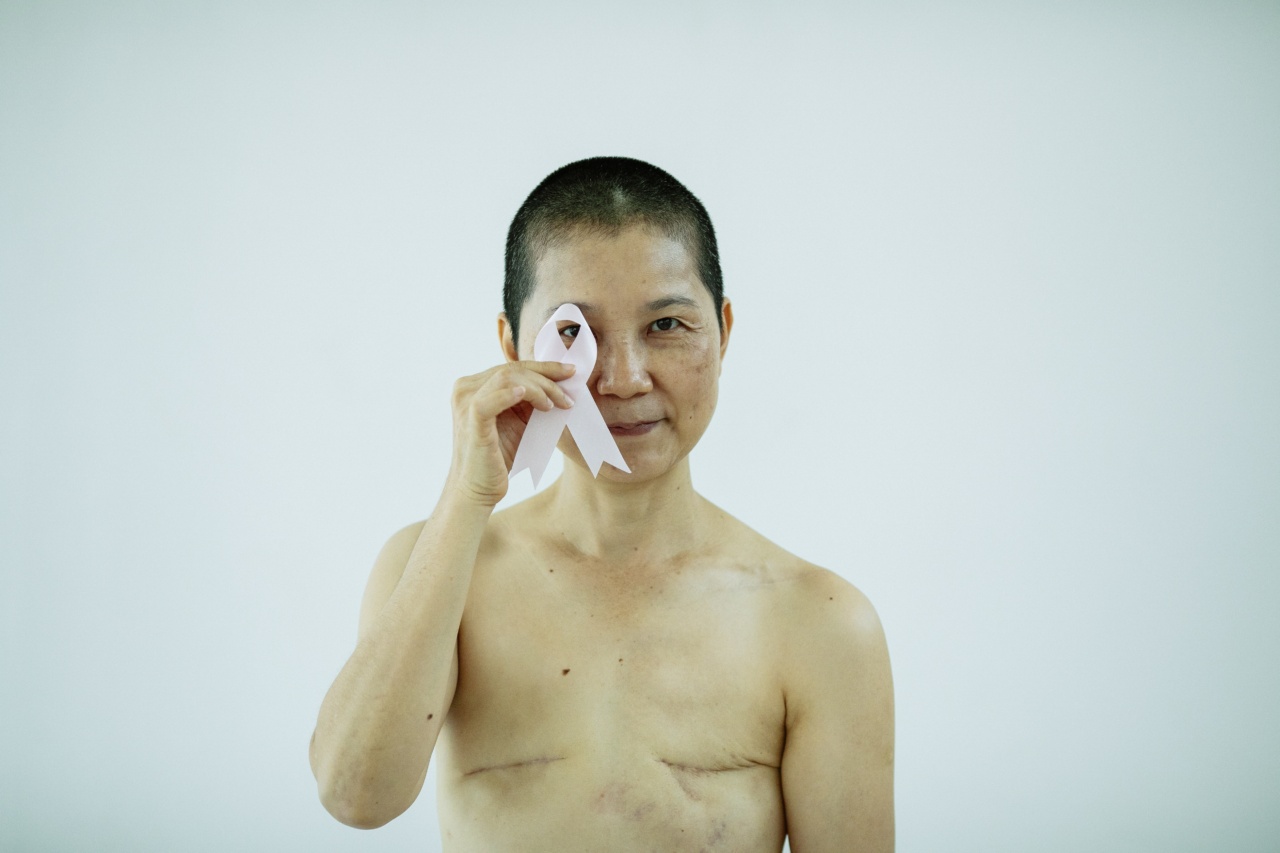Early diagnosis of breast cancer is crucial for successful treatment and complete recovery. In some cases, a mastectomy may be recommended to remove the affected breast tissue.
For individuals who have undergone an extensive mastectomy due to early breast cancer diagnosis, the recovery process can vary from person to person. This article aims to provide insights into the complete recovery after an extensive mastectomy, including physical and emotional aspects.
Preparation for Surgery
Prior to the surgery, patients will undergo various preparations to ensure a smooth procedure. This may include medical evaluations, blood tests, and discussions with the surgical team.
Patients are advised to follow pre-operative instructions, such as fasting, avoiding certain medications, and clearing the breast area from lotions or creams.
The Surgical Procedure
An extensive mastectomy involves the removal of breast tissue, lymph nodes, and, in some cases, the nipple and areola. The procedure is performed under general anesthesia.
The surgeon makes an incision to access the breast tissue and carefully removes the affected areas. Reconstruction options, such as breast implants or tissue flap procedures, may also be discussed during this time.
Immediate Recovery
After the extensive mastectomy, patients are taken to the post-anesthesia care unit (PACU) to recover from the effects of anesthesia. Here, vital signs are monitored, and any pain or discomfort is addressed with appropriate medications.
The length of recovery in the PACU may vary, but patients are closely observed before being transferred to a hospital room.
Physical Recovery
The physical recovery process after an extensive mastectomy can take several weeks or months. During the initial stages, patients may experience pain, swelling, and limited mobility in the chest and shoulder region.
It is important to follow the surgeon’s instructions regarding wound care, medications, and physical activity restrictions.
Wound Care
Proper wound care is essential to prevent infections and promote healing. Patients are typically advised to keep the surgical site clean and dry, change dressings as instructed, and avoid swimming or soaking in water until cleared by the surgeon.
Regular follow-up appointments with the surgical team are scheduled to monitor the incision site and ensure proper healing.
Regaining Mobility
Physical therapy may be recommended to help patients regain strength and mobility in the chest and shoulder area. This can include gentle exercises, stretching, and gradually increasing activity levels.
It is important to communicate any pain or discomfort to the physical therapist to ensure appropriate adjustments to the treatment plan.
Psychological Support
Emotional well-being is an integral part of the recovery process, and extensive mastectomy can have a significant impact on an individual’s mental health.
Patients may experience a range of emotions, including anxiety, sadness, body image concerns, or even depression. Seeking emotional support from healthcare professionals, support groups, or therapists can be beneficial during this time.
Reconstruction Options
During the recovery period, individuals may have the opportunity to explore breast reconstruction options. This can involve delayed reconstruction using breast implants or autologous tissue flap procedures.
Discussions regarding the timing and suitability of reconstruction can be had with the surgical team to determine the most appropriate approach.
Follow-up Care and Monitoring
Regular follow-up appointments with the surgical team are vital to monitor the healing process and address any concerns.
These appointments may include physical examinations, imaging tests, and discussions about long-term care and surveillance for recurrence.
Lifestyle and Supportive Care
Adopting a healthy lifestyle can positively impact the recovery process. This can include maintaining a balanced diet, engaging in regular exercise within the recommended limitations, getting sufficient rest, and managing stress effectively.
Support from family, friends, and support groups can also play a significant role in maintaining emotional well-being.
Conclusion
Complete recovery after an extensive mastectomy due to early breast cancer diagnosis is a multifaceted process that encompasses physical, emotional, and psychological aspects.
Following the proper post-operative care, seeking emotional support, exploring reconstruction options, and maintaining a healthy lifestyle can all contribute to a successful recovery. Each individual’s journey may vary, and it is essential to work closely with healthcare professionals to ensure comprehensive care and support in the path towards complete healing.


























